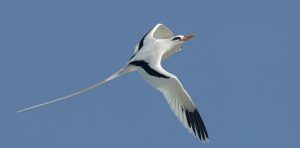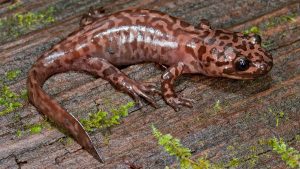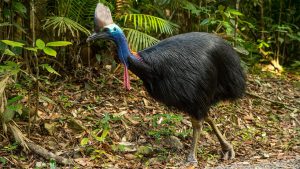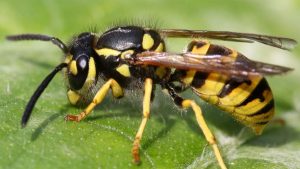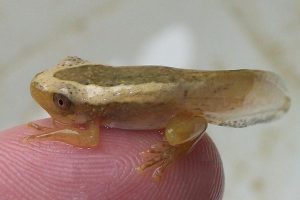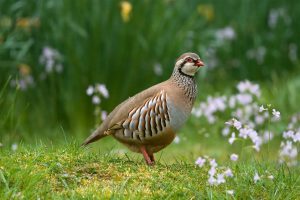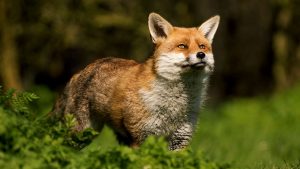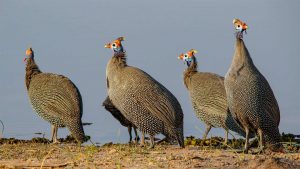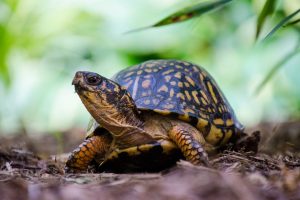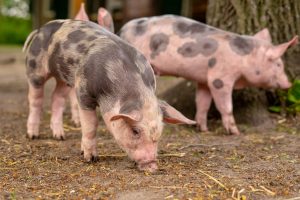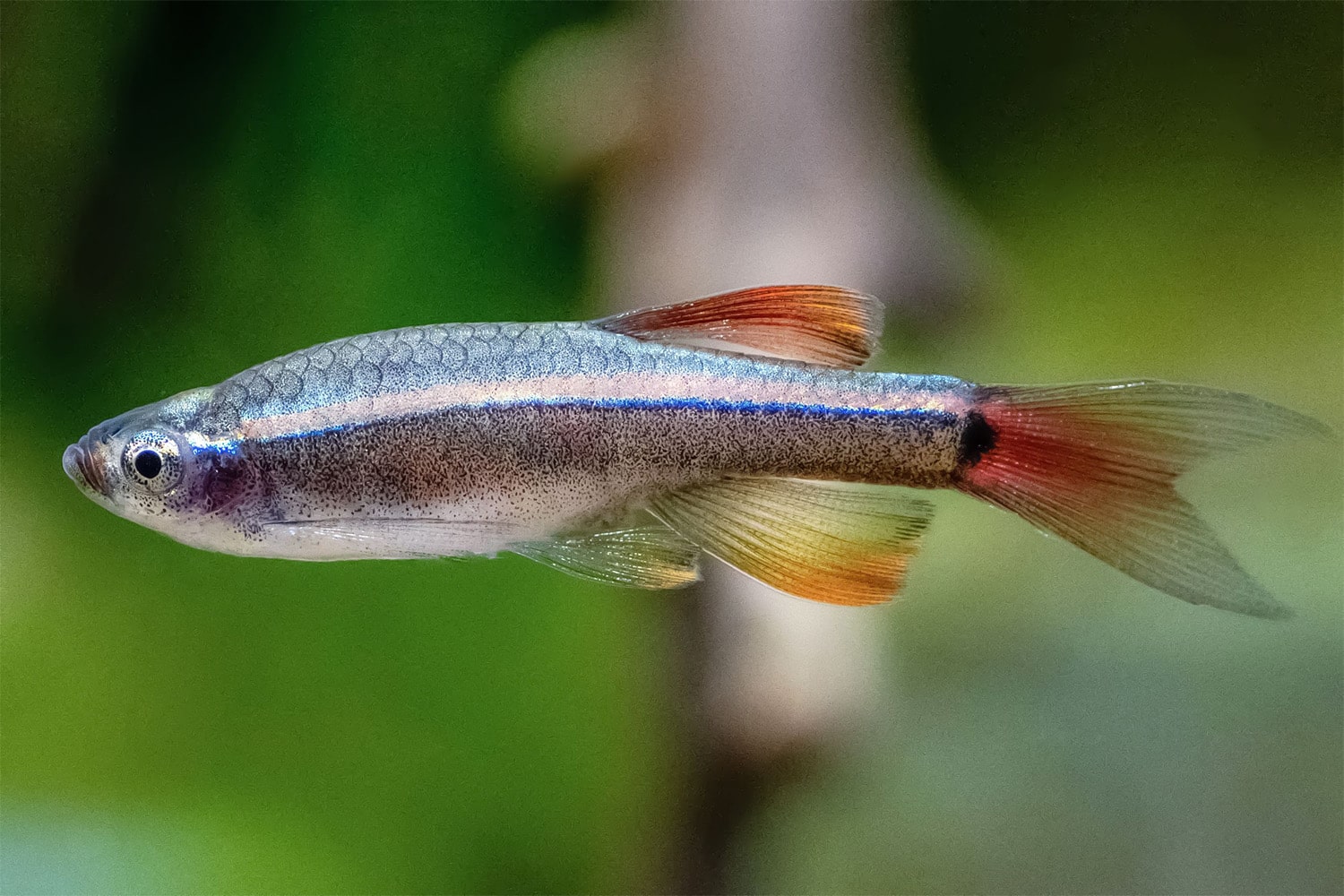
30 interesting facts about minnows
- 👁️ 905
Minnows, often overlooked in the grand scheme of aquatic biodiversity, play an essential role in freshwater ecosystems around the world. These small fish, belonging to the family Cyprinidae, encompass a vast range of species, each with its unique behaviors and ecological niches. Minnows are not just food for larger predators but are vital components of their habitats, contributing to the health and stability of aquatic ecosystems. From their varied habitats to their surprising adaptability, minnows exemplify the complexity and interconnectivity of freshwater life. Here are 30 interesting and informative facts about minnows, demonstrating their significance and the fascinating diversity within this group of fish.
- Minnows are small to medium-sized fish primarily found in freshwater environments.
- They belong to the Cyprinidae family, which is one of the largest fish families and includes over 2,000 species.
- Minnows can be found in diverse habitats, including streams, rivers, ponds, and lakes across the world.
- The term “minnow” is often used colloquially to describe any small fish, but it technically refers to members of the Cyprinidae family.
- Some minnow species have developed unique adaptations to survive in extreme environments, such as high-altitude streams or very turbid waters.
- The common carp, a well-known species within the Cyprinidae family, has been domesticated and bred into many varieties for food, sport, and ornamental purposes.
- Minnows play a crucial role in the food web, serving as prey for larger fish, birds, and other wildlife.
- They are often used as bait by anglers due to their abundance and effectiveness in attracting predatory fish.
- Many minnow species exhibit vibrant breeding colors, especially males during the mating season, which can be a spectacular sight.
- The diet of minnows varies widely among species, including algae, plankton, insects, and small invertebrates.
- Some minnows display schooling behavior, which helps protect them from predators through the safety-in-numbers strategy.
- Environmental changes and pollution can significantly impact minnow populations, serving as indicators of ecosystem health.
- Conservation efforts are in place for several minnow species that are threatened or endangered due to habitat destruction and pollution.
- The lifespan of minnows varies by species, with some living only a few years while others can live over a decade.
- Reproduction strategies among minnows include laying eggs in nests, on vegetation, or even carrying eggs on the bodies of males in some species.
- Minnows have been used in scientific research due to their sensitivity to environmental changes, contributing valuable insights into water quality and ecosystem health.
- In some cultures, minnows are caught and eaten, although their small size makes them less desirable than larger fish.
- Minnows can exhibit remarkable agility, darting quickly in water to evade predators or catch prey.
- The fathead minnow is a commonly studied species in toxicology due to its hardiness and responsiveness to pollutants.
- Some minnow species are capable of surviving in brackish water, demonstrating their adaptability to varying salinity levels.
- The breeding behavior of minnows can include complex rituals and the construction of nests by the males to attract females.
- Climate change poses a significant threat to minnow populations, especially for species adapted to specific temperature ranges.
- Certain minnow species have been introduced to new environments, where they can become invasive and disrupt local ecosystems.
- Phoxinus phoxinus, known as the European minnow, is widespread across Eurasia and valued by aquarium enthusiasts for its vibrant colors.
- Minnows have been featured in literature and folklore, symbolizing purity and simplicity.
- Genetic studies on minnows have provided insights into evolutionary processes and species diversification.
- The social behavior of minnows, including schooling and hierarchical structures, is a subject of ongoing research.
- In some regions, minnows are considered keystone species, essential for maintaining the balance of aquatic ecosystems.
- Minnows can rapidly reproduce, allowing populations to bounce back quickly under favorable conditions.
- Conservation programs aim to protect minnow habitats and ensure the survival of these vital but often underestimated fish.
Minnows, though small in size, play an outsized role in their ecosystems. They remind us of the importance of every organism in maintaining biodiversity and the balance of nature. Through their diversity, adaptability, and ecological significance, minnows exemplify the interconnectedness of life in freshwater habitats. By understanding and appreciating these humble fish, we can better recognize the value of conserving aquatic ecosystems for future generations.

